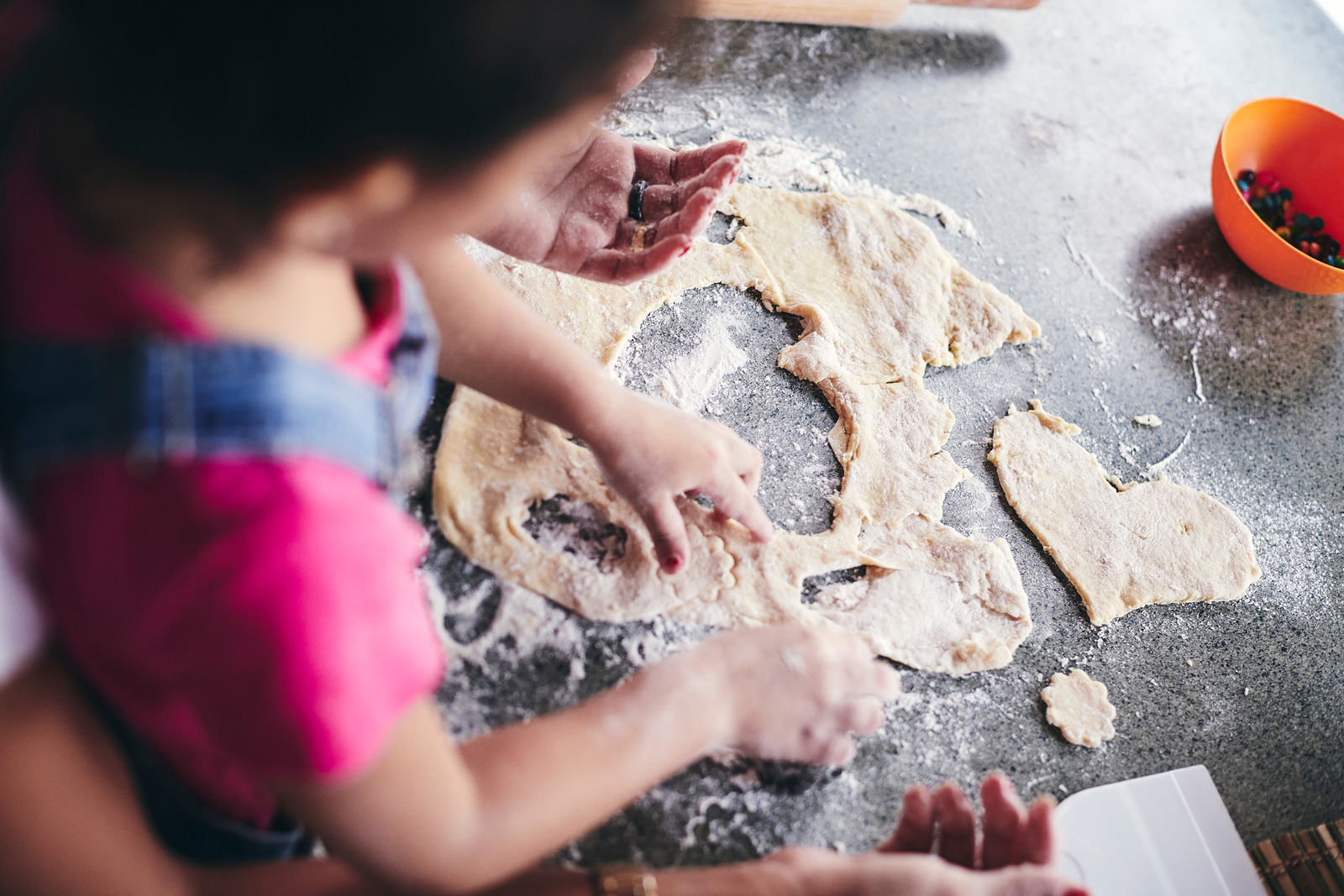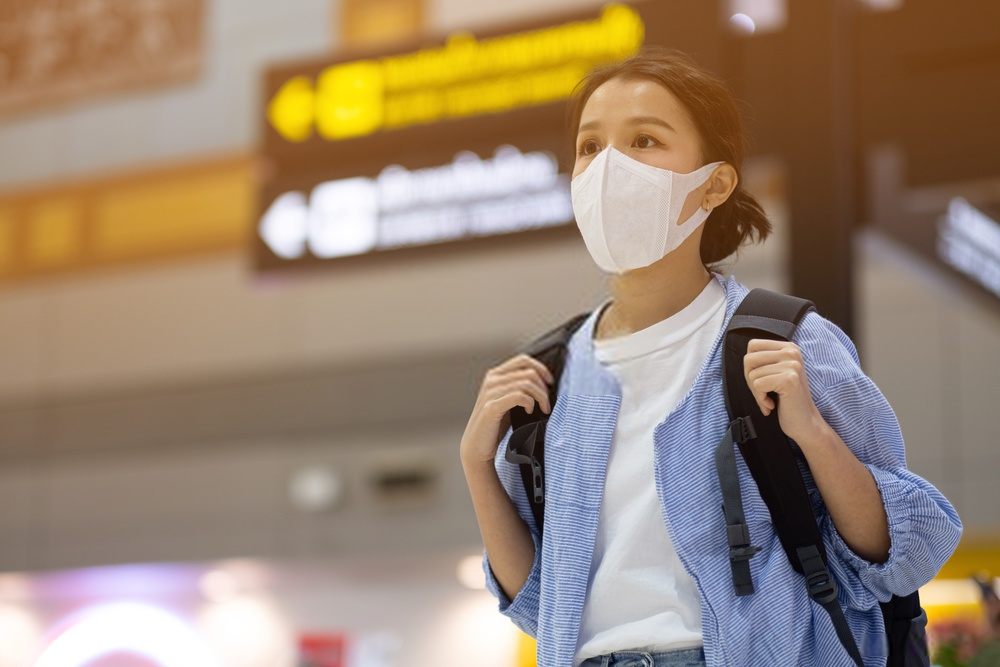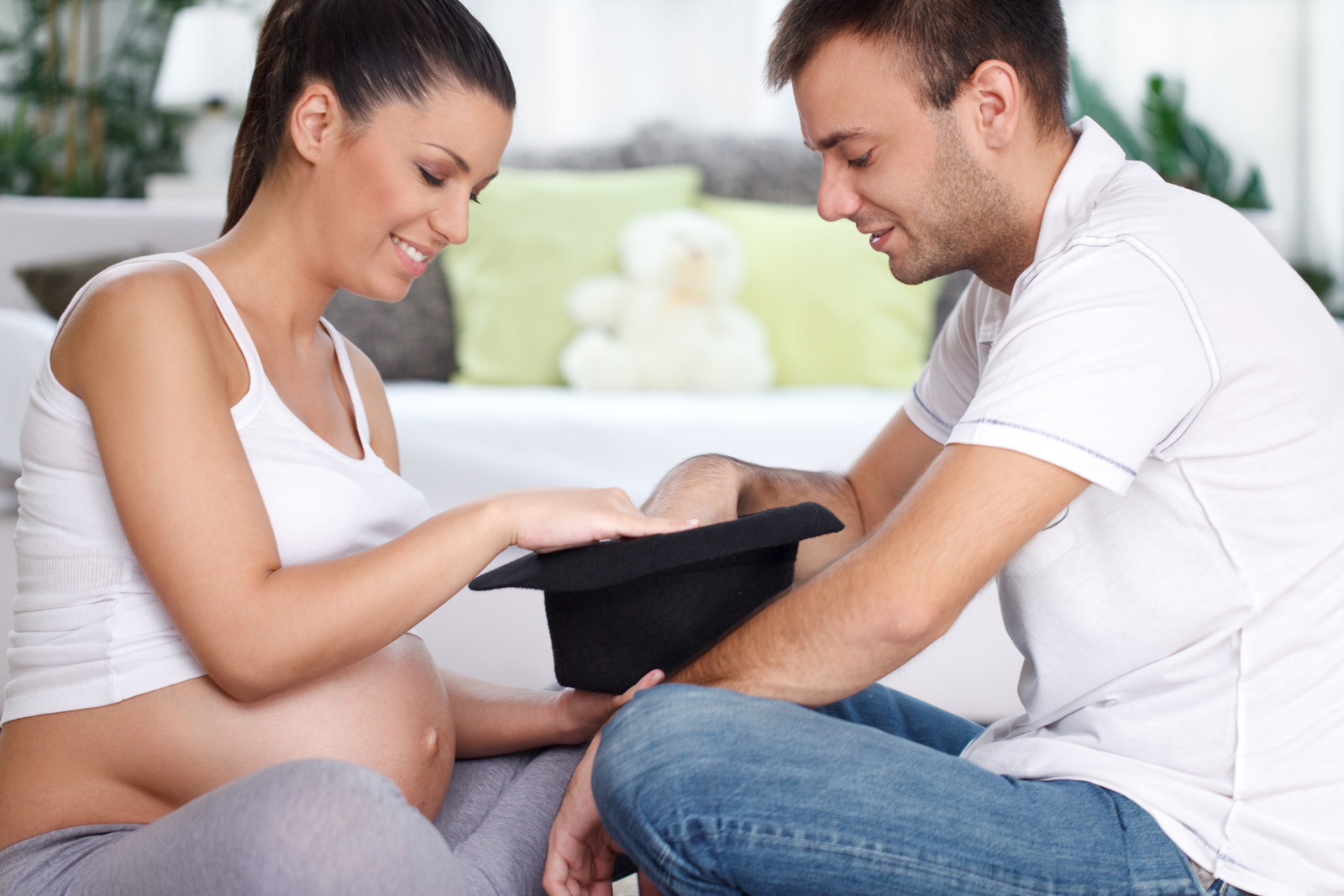From the United Kingdom to the United States, many countries are growing older. According to the August 2019 population overview from the Office for National Statistics, about one in every five people in the UK is above the age of 65, with the percentage increasing every year.
In short, the Baby Boomer generation is, in increasing numbers, reaching retirement age, with a growing number of seniors opting to stop working and enjoy their lives outside of their careers.
With a large percentage of the newly retired opting not to downsize to smaller homes, many of the UK’s retirees are likely to spend the last decades of their lives living inside the same homes that they raised their children in — homes that, in many cases, aren’t designed for seniors.
This brings with it some safety concerns, from the risks associated with stairs to the sheer work that’s involved in maintaining a large home. If you parents, grandparents or other senior people that you care about live alone in their family home, you can help them to stay safe.
Below, we’ve shared three simple but effective home safety tactics that you can use to make life safer, easier and more comfortable for your parents or grandparents, allowing them to maintain their independence while staying safe and secure throughout retirement.
Make Sure Their Bathroom is Safe
If you’re a caregiver for seniors, or simply want to make sure that your aging parents are safe, it can help to start by checking their bathrooms for safety hazards.
Bathrooms can be risky spaces, particularly for seniors. Wet surfaces can often lead to falls and painful injuries — injuries that can affect everything from mobility to mental health.
Good bathroom safety tactics include adding a grab bar in the shower to reduce the risk of a slip or fall. It can also help to install a rubber mat, or switch from a combined bathtub and shower to a less risky walk-in shower design.
Other ideas include installing night lighting, which can make it easier to navigate the bathroom in the dark, and adding either a sitting surface or a bathing chair to the shower area to ensure that mobility doesn’t interfere with bathing.
Identify and Remove Fire Hazards
Fires can start alarmingly quickly, with something as small as a stray candle or as normal as a forgotten-about oven all it takes to start a blaze that can damage a home and put the safety of its occupants at risk.
If you’re concerned about fire risks inside a senior’s home, check for potential fire hazards and take steps to mitigate them. This can include checking electrical cords and removing anything that’s frayed or otherwise damaged, or checking for hazards close to ovens and heaters.
If your parents’ or grandparents’ home contains cooking equipment that can spit grease around the kitchen, consider asking them to avoid using it or replace it with a safer option.
Pots, deep fryers, pans and other cooking equipment rank among the most common sources of house fires, making it worth bringing up if you have concerns about a loved one’s safety. It can also help to check for fire risks, such as towels or tissues, placed close to hot items.
Make Using the Stairs Safer
While stairs are rarely a hazard for healthy retirees in their 70s, they can be a significant safety risk for seniors in their 80s and 90s. As such, if your parents or grandparents live in a home with stairs, it’s important to make them as safe as possible.
By far the most effective way to make stairs safer, particularly for seniors with injuries or issues walking up and down the stairs frequently, is to install a stairlift. This allows even someone with significant mobility issues to use the stairs with a far lower risk of falls or other injuries.
If a stairlift isn’t economically feasible, or if you think it isn’t necessary, there are still steps that you can take to make the stairs safer. Check that they’re finished in a material that provides a great deal of grip, even if it’s wet or dusty.
It’s also important to make sure that the stairs are visually differentiated. Many slips, falls and other injuries involving stairs occur in the evening and at night, when it can be difficult for those with partial vision to clearly see where one step ends and the next begins.







